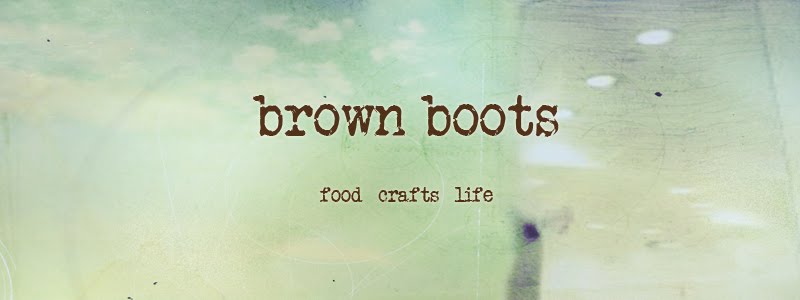Sometimes when I'm cooking in the kitchen I like to experiment. But on most days when I'm in the kitchen say, roasting a chicken, I'll add a few (traditional) spices to create some delicious flavour, say, garlic, salt, pepper, and herbs de provence. But, sometimes I like to be a little more adventurous than that, maybe use cayenne pepper instead of black, and paprika instead of salt, with garlic and mustard powder. Former picky-eater Caleb has been very brave trying some of the foods that come out of my kitchen, and for that, I am forever grateful. I know our relationship is stronger because he will try anything I create in the kitchen and almost always smile and say "yum." The problem is, I'm worried that I might create something that is the opposite of 'yum' and instead the food twists your tongue in a knot and your stomach too. Although I'm not afraid to try new things of my own creation in the kitchen, it is nice to have a support system encouraging your experiments on the way. And with that, I introduce you, dear reader, to my favourite new kitchen companion. Meet The Flavor Bible.

Compiled by Karen Page and Andrew Dornenburg it is an "essential guide to culinary creativity, based on the wisdom of America's most imaginative chefs." It has helped me create the Butternut Squash Soup below. You can find virtually any ingredient you might want to cook with, and find a list of other ingredients that compliment the flavour as well as lists of specific combinations that are tried and true.
Take the following few examples:
chicken + avocado + bacon + garlic + mayonnaise + tarragon
chicken + cloves + rosemary + yogurt
(Already my chicken options got a lot more flavourful.)
mango + black pepper + lemon + mint + passion fruit
scallops + bacon + garlic + chanterelle mushrooms
scallops + bay leaf + vanilla
butternut squash + bacon + maple syrup + sage
For 380 pages the lists go on and on. It even includes tips on how different ingredients are best cooked, but there are no recipes - no religious cooking rules to follow. This book helps me enjoy the process of cooking as much as the end product, it's a platform for the imagination.
Butternut Squash Soup
I was almost impatient to start 'soup season' this Fall, and even though our apartment is almost always too hot, I started making soup early in October. Every time I make a soup it is a little different, depending on the ingredients in my pantry and how much time I have to spend on it. But here is an approximation of a soup I made a couple of weeks ago that had both of us smiling by the end of the bowl. The inspiration was from The Flavour Bible.
1 butternut squash
butter
chicken stock (home made or low-sodium store bought)
sage
maple syrup and/or brown sugar
I like to cut my squash in half, butter the exposed flesh and roast them in a 350°F oven for half an hour or more, until the inside is really soft. (To prepare the squash take the butt of a chef's knife and hit the stem until it pops off, then slice the squash in half, take a spoon and remove the seeds, you can then roast them separately if you want for a snack.)
Once the squash is soft all the way through (using a sharp knife, it should slide easily through the squash), remove from the oven and let cool for a few minutes.
Using tongs or wearing an oven mitt in one hand, remove the skin of the squash with a knife.
Cut the squash into cubes.
Place in a medium-sized (3-4L) saucepan, add 4 cups chicken stock, sage, and bring to a boil. (Tip: To keep the sage from floating around everywhere, wrap it in cheesecloth and tie some twine around it and attach it to the handle of the saucepan for easy retrieval.)
Let boil for 20 minutes, or however long you feel the ingredients need to mingle.
Remove sage and take saucepan off the heat.
Using a hand-held blender, blend the squash and soup stock until a consistent texture. I like thick soup, but if you want your soup thinner, add more stock or water.
Add maple syrup (or brown sugar, or both) to taste.
Serve with small slices of bacon as garnish.






